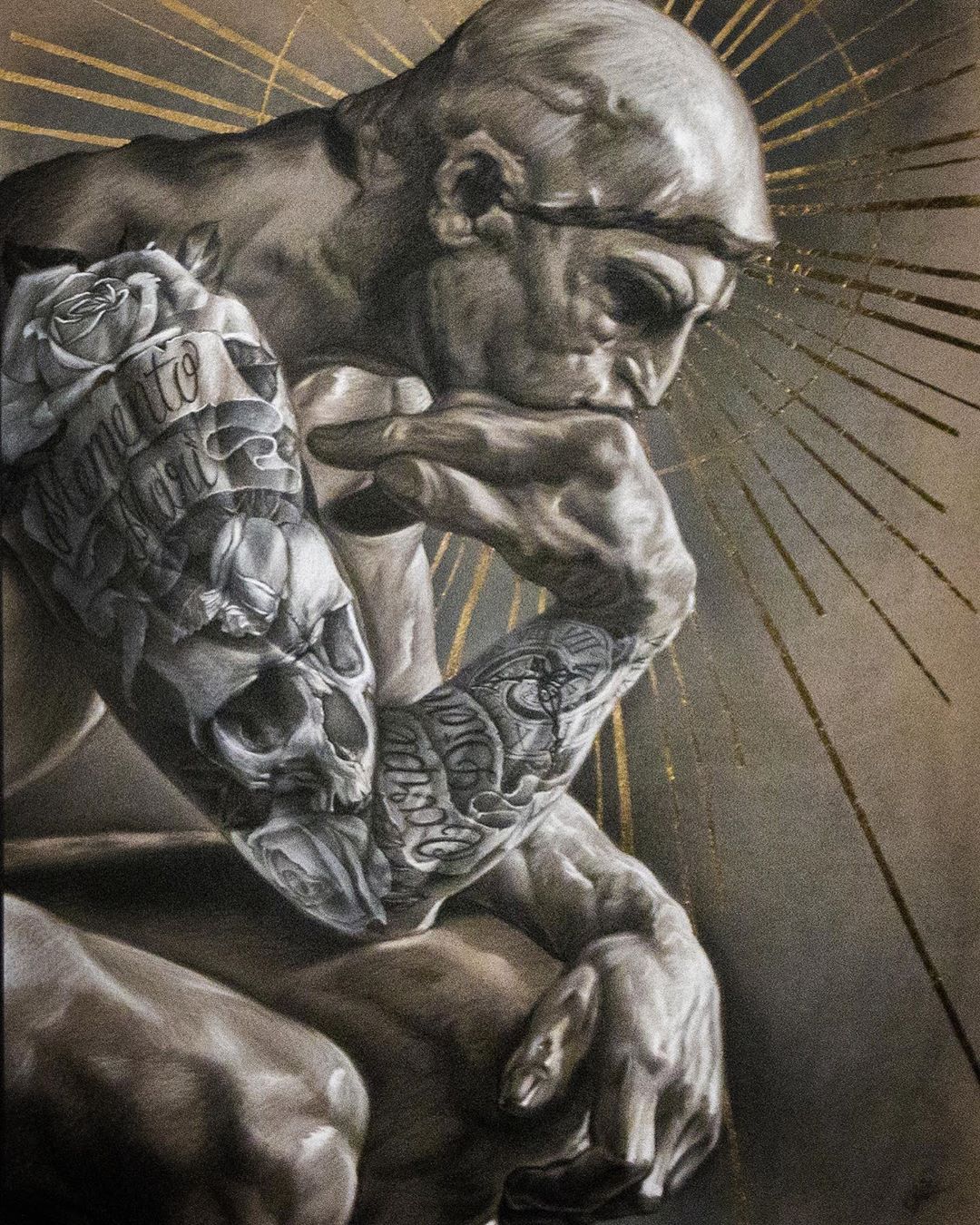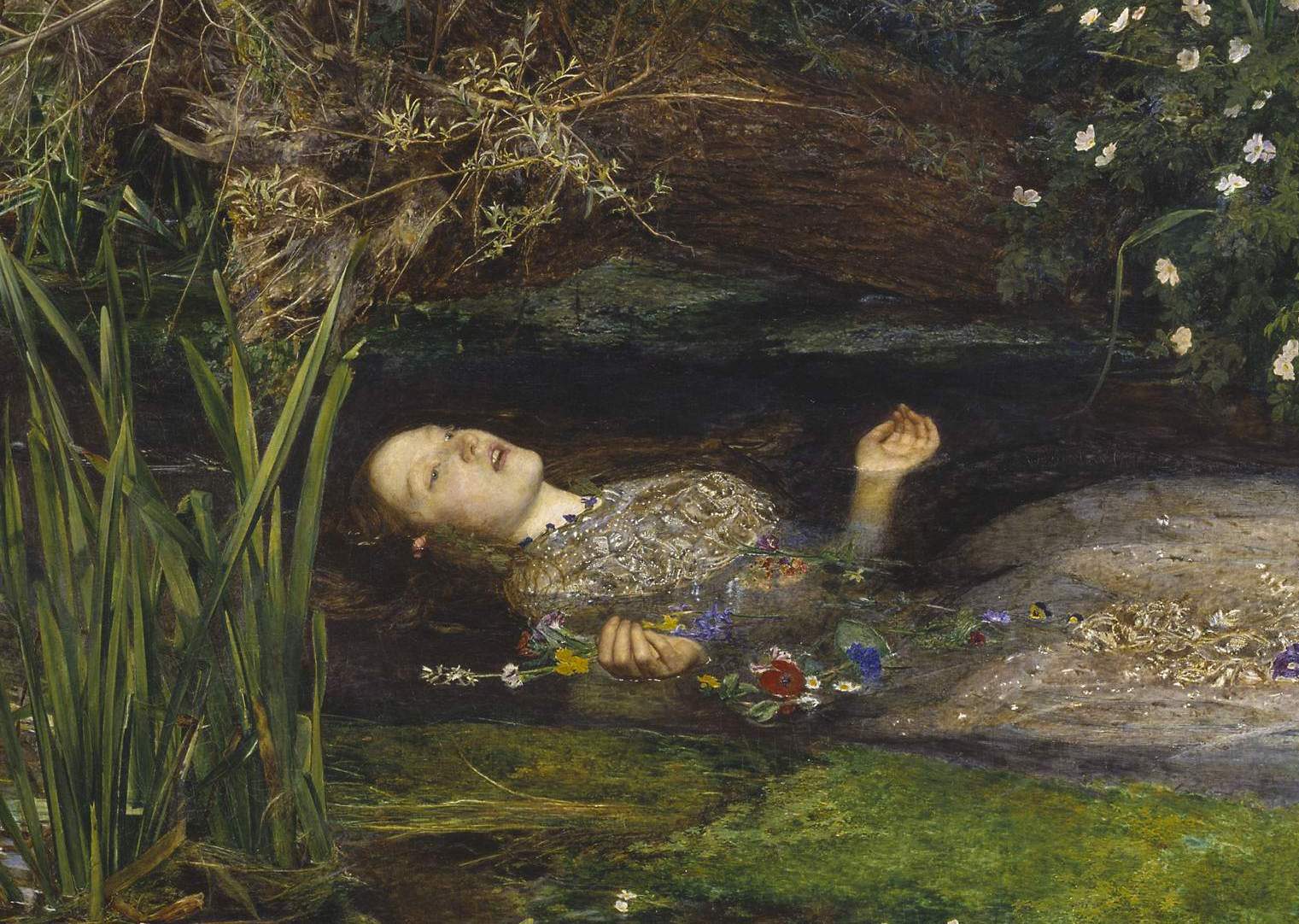Serious Games 3, Immersion
2009 - Film & Video (Film & Video)
20 min
Harun Farocki
For Immersion , Harun Farocki went to visit a research centre near Seattle specialized in the development of virtual realities and computer simulations. One of their projects consists in using virtual reality (environments created to simulate this world) for therapeutic reasons for soldiers suffering traumas after the Iraq war. The double projection creates a parallel between animations and testimonies by soldiers reliving their mission, the explosions, gunshots and ambushes, their fears and their guilt. The chosen direct rendering and simplicity of the edit places us like the voyeur of a personal and difficult experience. The end is disconcerting since the last soldier, who one minute had been pleading his therapist to stop the program, looks at his audience and smiles with a detachment that sheds doubt on the authenticity of his account. The Virtual Iraq program is closer to a virtual game than a therapeutic program. Immersion continues to explore the impact of new technologies on society, the relations between virtual reality and the military world and how the scenarios developed as video games are used as training tools as much as a therapy. ( Read Artslant )
In the 1970s and 80s, the feature films Harun Farocki made contributed to theorizing essay-films, a cinema genre that juxtaposes archival images of different sources (news, film industry) with voiceover commentaries. More specifically it is a critical and political approach to the image that has characterized his oeuvre since the start, a point of view on the connections between war, technology and capitalism. In 1969, he makes one of his first films in 16mm called Inextinguishable Fire in which he appears as a TV presenter reading out the testimony of a Vietnamese victim of a Napalm attack. The subsequent images are like an educational documentary, an austere thesis on the origins of napalm production and the involvement of workers, students and engineers in what was largely used as a weapon against civilians. Years later, for the trilogy Eye/Machine (2001-2003), Farocki collects sequences filmed during the Gulf War, like images from projectiles, juxtaposed with images produced by machines made for surveillance, recognition and localization. The art historian Hal Foster describes Farocki’s work like a genealogy of ‘visual instrumentalization’ following the evolution of image technologies and their roles in power struggles and the exercise of control. At the beginning of the 1990s he begins to imagine double projections that were presented in cinemas and soon in galleries and institutions that could easily adapt to this mode of projection. The evolution of the forms of presentation and distribution of his work explains his presence in various economies and most recently that of the art market. Harun Farocki was born in 1944 in Neutitschein, Czech Republic. He lived and worked in Berlin where he passed away in 2014.
Colors:
Related works sharing similar palette

© » KADIST
Yee I-Lann
20207-headed Lalandau Hat by Yee I-Lann is an intricately woven sculpture evoking the ceremonial headdress worn by Murut men in Borneo...

© » ARTS EQUATOR
Quiz: What's Your Guilty Pleasure? | ArtsEquator Thinking and Talking about Arts and Culture in Southeast Asia ArtsEquator Viewpoints Kristina Flour via Unsplash November 11, 2021 It’s 2021 – and you’re constantly being told to be your best self! There’s that pile of books waiting to be read, countless browser tabs open with must-read articles, and a list of podcasts that are supposed to make you smarter...

© » TATE EXHIBITIONS
Louise Bourgeois | The Burton at Bideford Explore the work of Louise Bourgeois, one of the most celebrated and influential figures in modern and contemporary art in Devon With a career spanning eight decades from the 1930s until 2010, Louise Bourgeois is one of the great figures of modern and contemporary art...

© » ARTS EQUATOR
_T0701_ by Zeugma: How power mutates | ArtsEquator Thinking and Talking about Arts and Culture in Southeast Asia Articles Courtesy of Arts House Limited June 7, 2021 Nabilah Said speaks to Safuan Johari, Rizman Putra and Brandon Tay of Zeugma on their current show _T0701 _ (say “toyol”, it’s much more fun), currently available via video-on-demand at the Singapore International Festival of Arts...

© » ARTS EQUATOR
Weekly Southeast Asia Radar: Rashomon in KL; Burmese cartooning pioneers | ArtsEquator Thinking and Talking about Arts and Culture in Southeast Asia ArtsEquator Radar TRBANPHOTO March 5, 2020 ArtsEquator’s Southeast Asia Radar features articles and posts about arts and culture in Southeast Asia, drawn from local and regional websites and publications – aggregated content from outside sources, so we are exposed to a multitude of voices in the region...

© » KADIST
OCAT Shanghai and KADIST are pleased to announce that Wang Tuo has been selected for a research residency at KADIST San Francisco as part of the OCAT x KADIST Emerging Media Artist Residency Program 2020 The artist was selected by an esteemed international jury from the shortlist of artists selected for the Emerging Media Artist Exhibition 2020...

© » ARTS EQUATOR
Pho Ben Doi art exhibition returns to Da Lat in December | ArtsEquator Thinking and Talking about Arts and Culture in Southeast Asia ArtsEquator Radar Artwork by Lieu Nguyen December 21, 2018 The third edition of Da Lat’s annual Pho Ben Doi art exhibition will feature more than 125 artworks by nearly 50 young, well-known Vietnamese and international artists and experts in archeology, architecture, and music from December 8, 2018 to February 28, 2019...

© » LENS CULTURE
Another America — AI-Generated Photos from the 1940s and 50s - AI-generated images by Phillip Toledano | Interview by Jim Casper | LensCulture Interview Another America — AI-Generated Photos from the 1940s and 50s Phil Toledano has often pushed the boundaries of photography to imagine the future; now he’s tapping into AI to create alternative histories, challenging our belief in any images at all...












